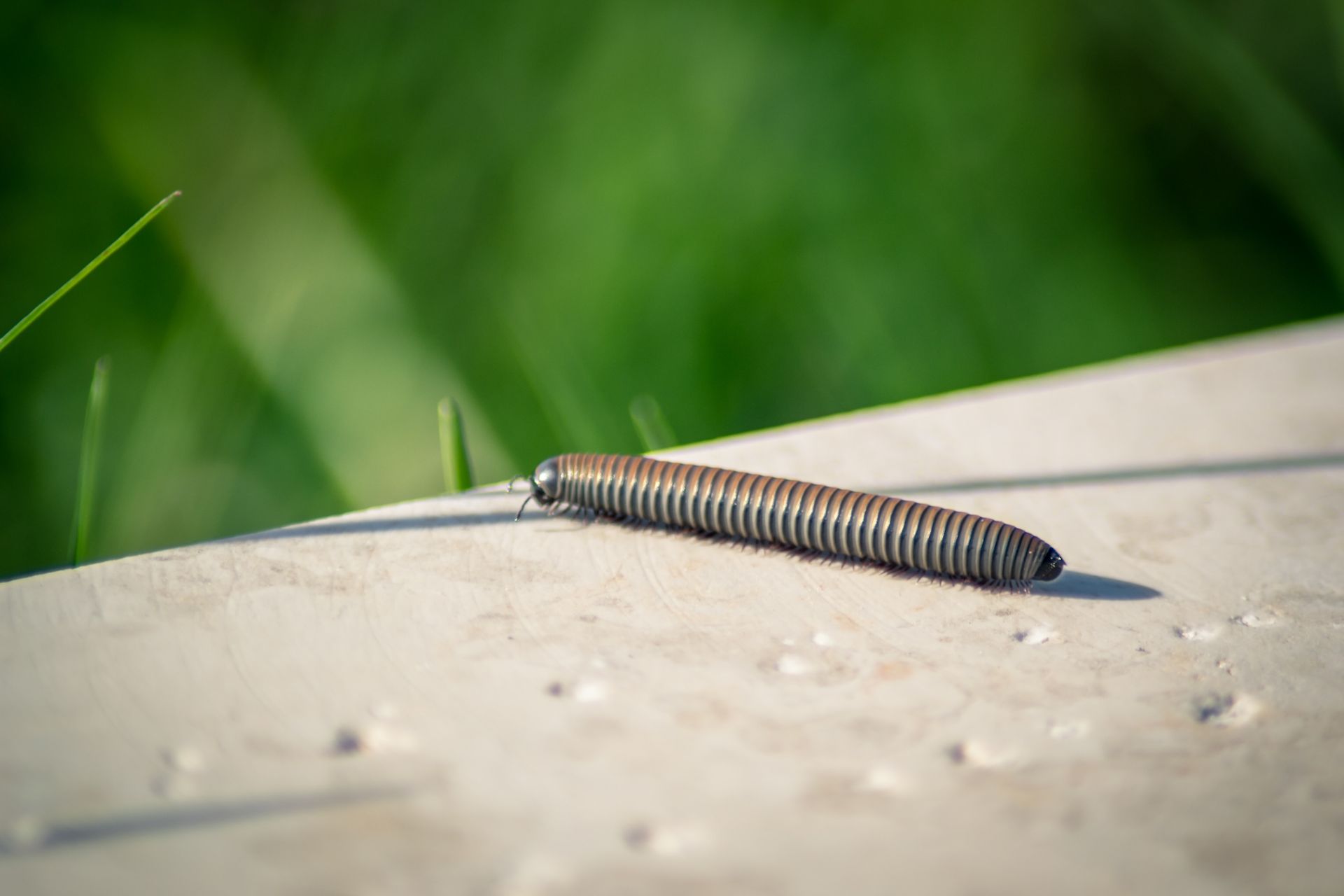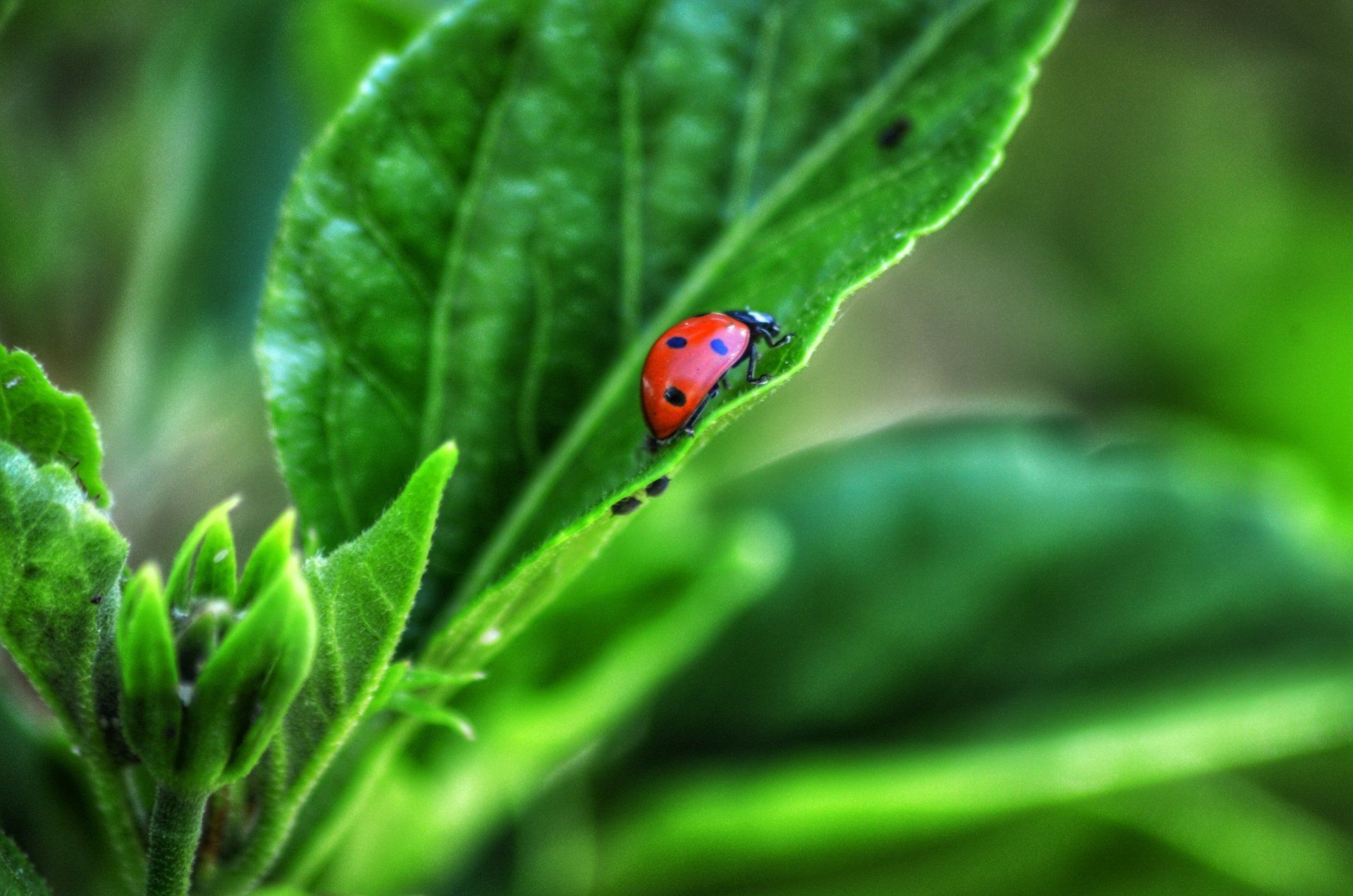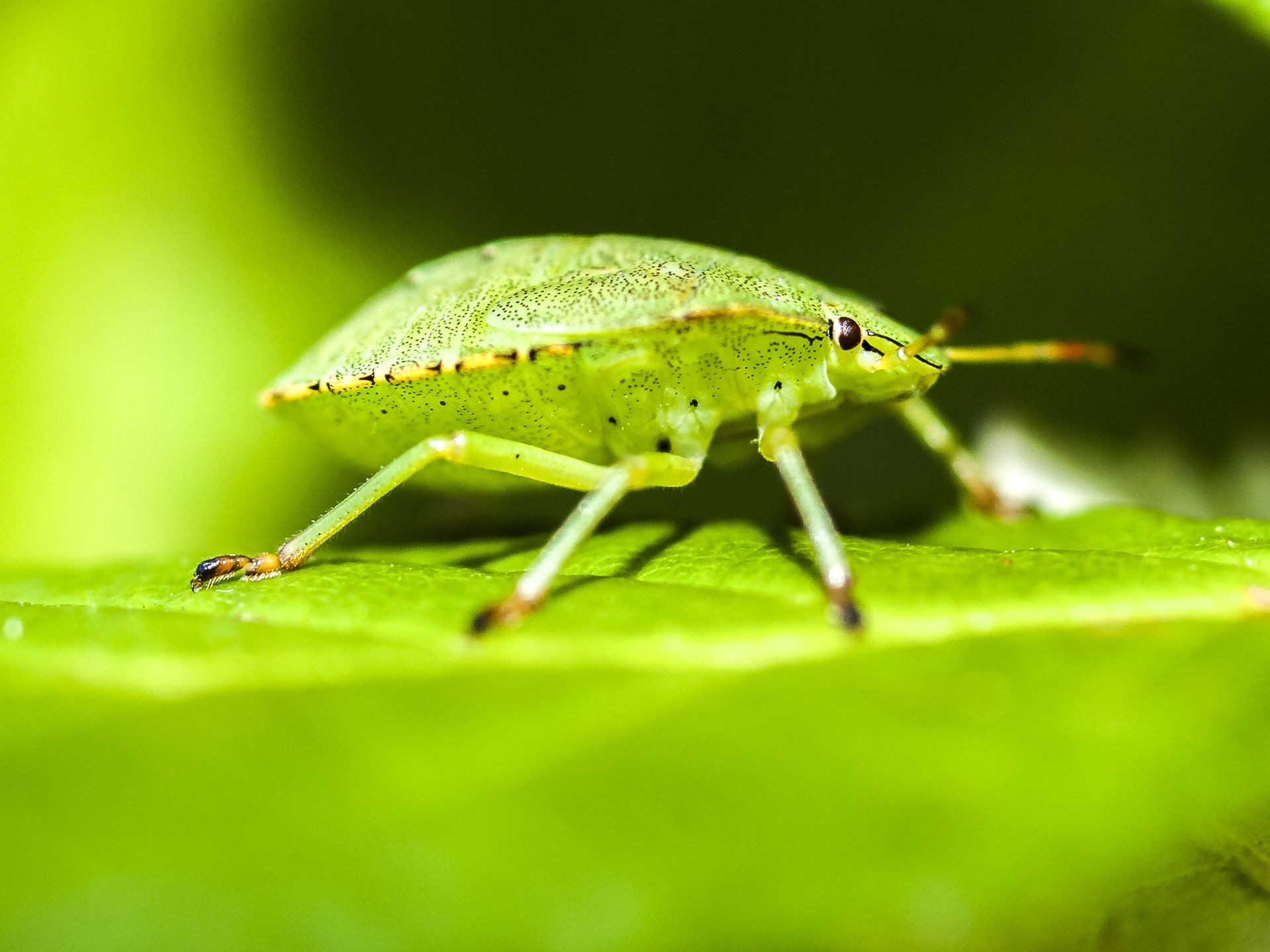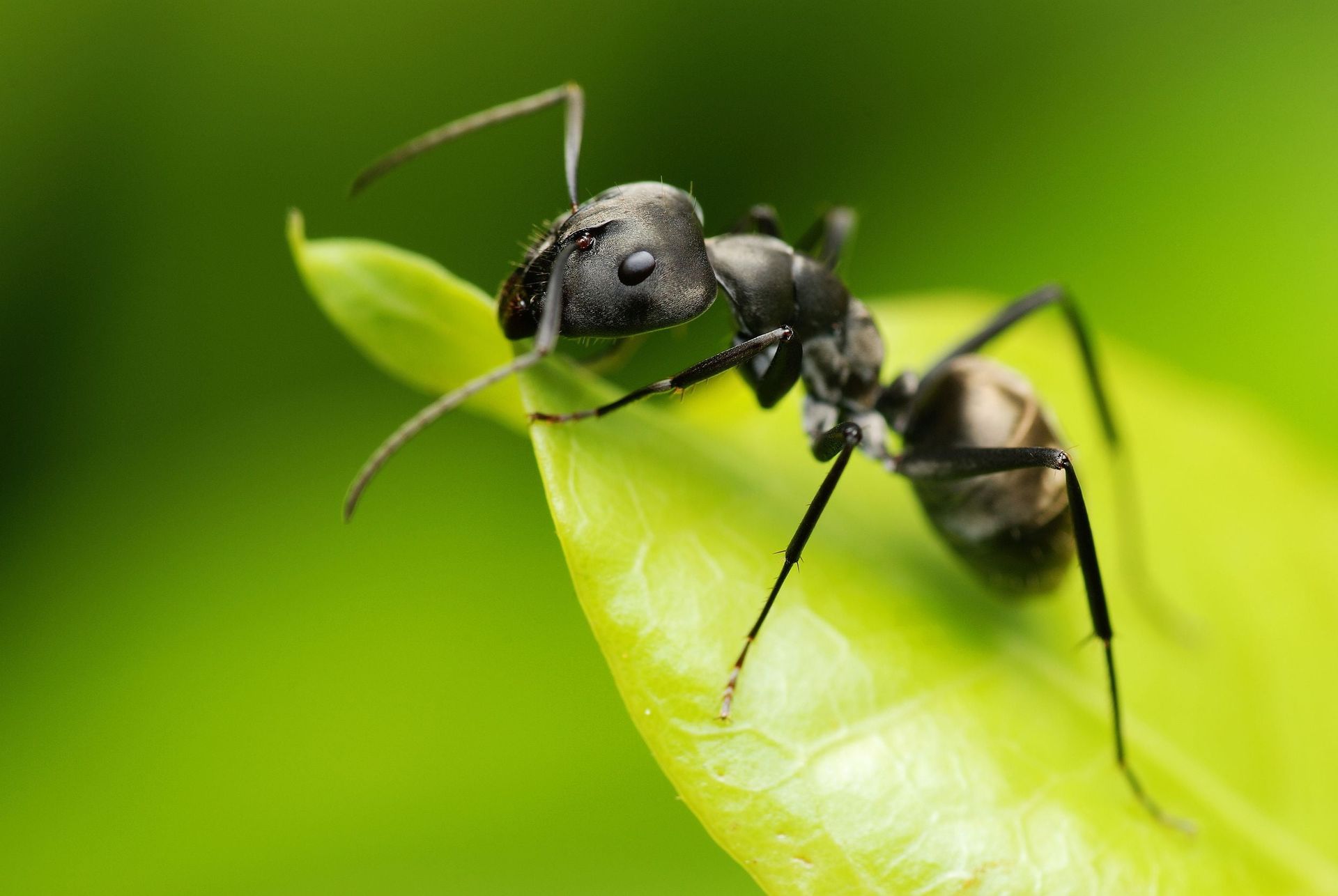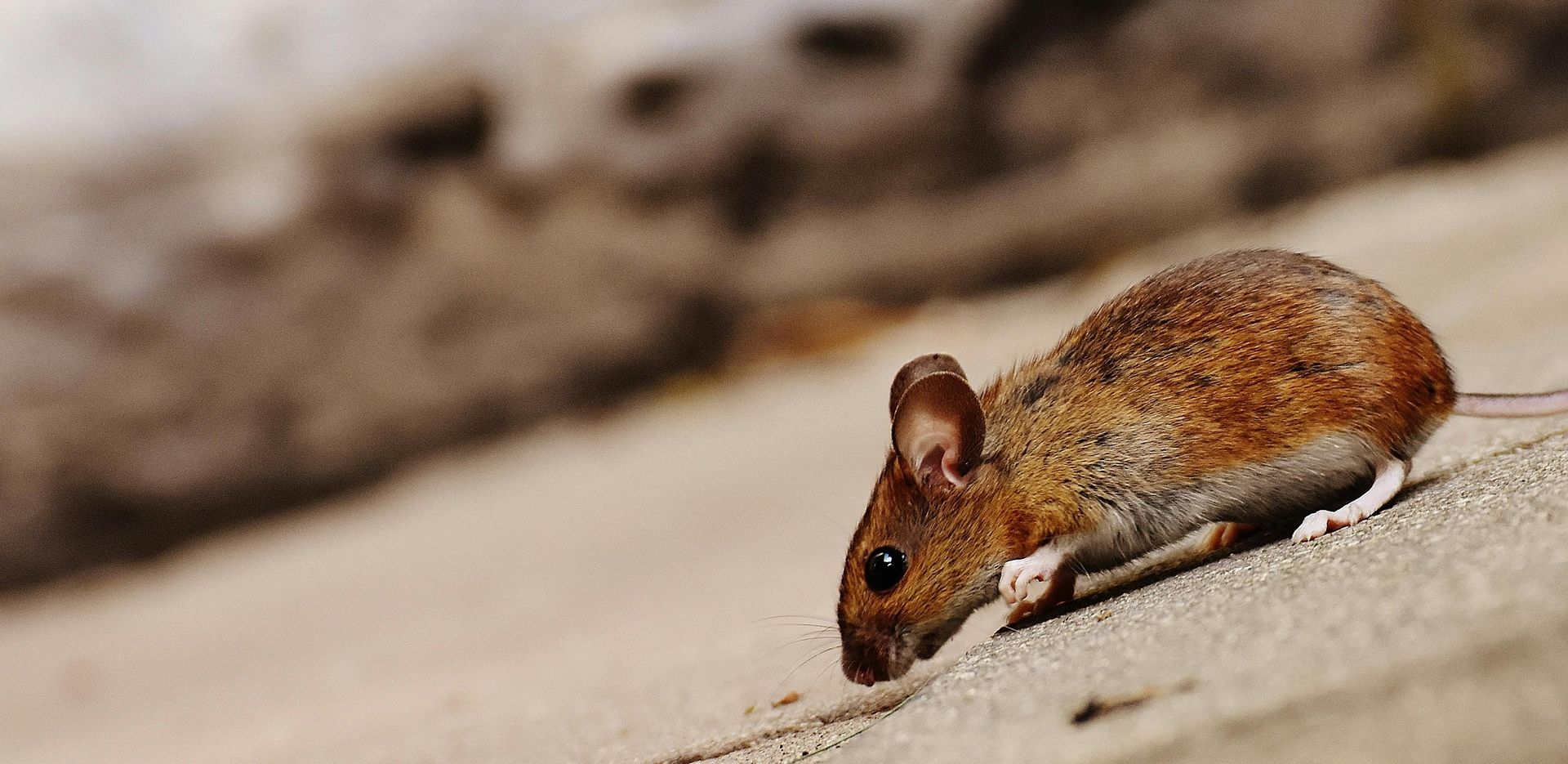How to Keep Rodents Out of Your Home: A Guide for New Orleans Residents
Rodents, particularly rats and mice, are a common issue for homeowners in New Orleans. The city's warm climate, dense urban environment, and abundant food sources make it an ideal breeding ground for these pests. Rodents can cause significant damage to your home, contaminate food, and spread diseases.
Fortunately, with the right strategies, you can keep these unwanted guests out of your home. This guide from Pelican Pest Control will help you protect your property from rodents and keep your family safe.
1. Seal Entry Points
Rodents can squeeze through openings as small as a dime, making it crucial to seal any potential entry points around your home. Start by inspecting your home’s exterior thoroughly. Look for cracks, holes, and gaps in the foundation, walls, windows, and doors. Pay particular attention to areas where utilities enter the home, such as around pipes and cables.
To seal these entry points:
- Use steel wool: Rodents can't chew through steel wool, making it an effective barrier.
- Apply caulk or foam sealant: These materials can be used to fill in small gaps and cracks.
- Install door sweeps: Add door sweeps to the bottoms of doors to eliminate gaps that could allow rodents to enter.
Regularly check these areas for new openings and reseal them as needed.
2. Maintain Cleanliness Inside Your Home
Rodents are always on the lookout for food and shelter, and an untidy home can be an open invitation. Keeping your home clean is one of the most effective ways to prevent rodents from settling in.
Here’s how to maintain a rodent-free environment:
- Store food properly: Keep all food in airtight containers, including pet food. This helps with rodent control, cockroach control, and ant control by preventing these pests from accessing your food.
- Clean up immediately: Don’t leave crumbs, spills, or dirty dishes out overnight. These can attract rodents.
- Take out the trash regularly: Ensure that garbage is stored in sealed containers and is taken out frequently.
- Declutter your home: Rodents love to hide in clutter. Regularly clean and organize storage areas like basements, attics, and closets.
According to a study by the National Pest Management Association (NPMA), maintaining cleanliness and proper food storage are key preventive measures to reduce rodent infestations in urban areas like New Orleans.
3. Eliminate Outdoor Attractants
Your yard can either be a deterrent or an attractant for rodents. By managing your outdoor space, you can make it less appealing to these pests.
Here’s what you can do:
- Mow the lawn regularly: Tall grass provides cover for rodents. Keeping your lawn well-maintained removes this hiding spot.
- Remove yard debris: Piles of leaves, wood, and other debris can serve as nesting sites for rodents. Keep your yard clean and tidy.
- Manage fruit trees and gardens: If you have fruit trees, pick up fallen fruit promptly, as it can attract rodents. Likewise, keep your garden free of rotting produce.
- Properly store outdoor items: If you have firewood, store it at least 20 feet away from your home and 18 inches off the ground. This reduces the likelihood of rodents using it as a nesting site.
4. Fix Leaks and Control Moisture
Rodent control and termite control both rely heavily on managing the moisture levels in and around your home. Rodents need water to survive, and they’ll seek it out if they can. In New Orleans, where humidity and moisture levels are often high, controlling moisture is crucial.
Steps to reduce moisture include:
- Repair leaky pipes and faucets: Even a small drip can provide enough water for a rodent. Fix any leaks as soon as you notice them.
- Use a dehumidifier: In areas like basements and crawl spaces, a dehumidifier can help keep moisture levels down.
- Ensure proper drainage: Make sure your home’s gutters and downspouts are clear of debris and direct water away from the foundation.
By controlling moisture, you can make your home less attractive to rodents.
5. Trim Trees and Shrubs
Overgrown trees and shrubs can provide rodents and insects with easy access to your home, complicating rodent control and insect control efforts. Rodents are excellent climbers, and they can use branches to reach your roof or windows. Dense shrubs can also harbor pests like mosquitoes, making mosquito control more difficult.
To prevent this:
- Trim tree branches: Keep branches trimmed back at least 6 feet from your home.
- Prune shrubs and bushes: Regularly prune shrubs and bushes, especially those near your home’s foundation. This reduces hiding places for rodents.
Maintaining a clear space between vegetation and your home’s exterior is a simple but effective way to keep rodents out.
6. Use Traps and Baits
If you notice signs of rodents in your home, such as droppings, gnaw marks, or scratching noises, it’s important to act quickly. Setting traps and baits can help control a small infestation before it becomes a larger problem.
Types of traps and baits include:
- Snap traps: These are the most traditional and effective type of trap. Place them in areas where you’ve seen rodent activity, such as along walls or in dark corners.
- Live traps: These allow you to catch rodents without killing them. Once caught, release them far from your home to prevent them from returning.
- Bait stations: Bait stations contain poison that rodents consume and then die later. Use these with caution, especially if you have pets or children.
- Cockroach baits: Similar to rodent bait stations, cockroach baits lure and poison these pests. Place them in areas where cockroaches are commonly seen, like under sinks and behind appliances, to aid in cockroach control.
- Ant traps: These traps attract ants, which then carry the poison back to their colony, effectively eliminating the problem at its source and aiding in ant control.
Remember to regularly check traps and dispose of any rodents caught.
7. Consider Professional Pest Control Services
If you’re dealing with a large or persistent rodent problem, it’s time to call in the experts. Pelican Pest Control specializes in rodent control for New Orleans residents. Our team can assess your home, identify the sources of infestation, and provide tailored solutions to eliminate the problem.
When searching for "Pest control near me", look no further than Pelican Pest Control. We offer professional services that can help you protect your home from pests.
Conclusion
Rodents are a common problem in New Orleans, but with the right preventive measures, you can keep them out of your home. Sealing entry points, maintaining cleanliness, and managing outdoor spaces are all key steps in rodent prevention. If you need help with a rodent infestation, Pelican Pest Control is here to assist you. Contact us today or call us at (225) 424-2623.
Frequently Asked Questions (FAQs)
How do I know if I have a rodent problem?
Common signs include droppings, gnaw marks, and scratching noises in the walls or ceiling. You might also notice nests made of shredded paper or fabric.
What attracts rodents to my home?
Rodents are attracted to food, water, and shelter. Unsealed food, leaky pipes, and cluttered areas can all draw rodents into your home.
Are rodents dangerous to my health?
Yes, rodents can carry diseases such as hantavirus, salmonella, and leptospirosis. They can also contaminate food and cause allergies.
Can I get rid of rodents on my own?
While small infestations can sometimes be managed with traps and baits, larger infestations often require professional help to fully eliminate the problem.
How often should I have my home inspected for rodents?
It’s a good idea to have your home inspected at least once a year, especially in areas like New Orleans where rodents are common. Regular inspections can catch problems early and prevent infestations.


